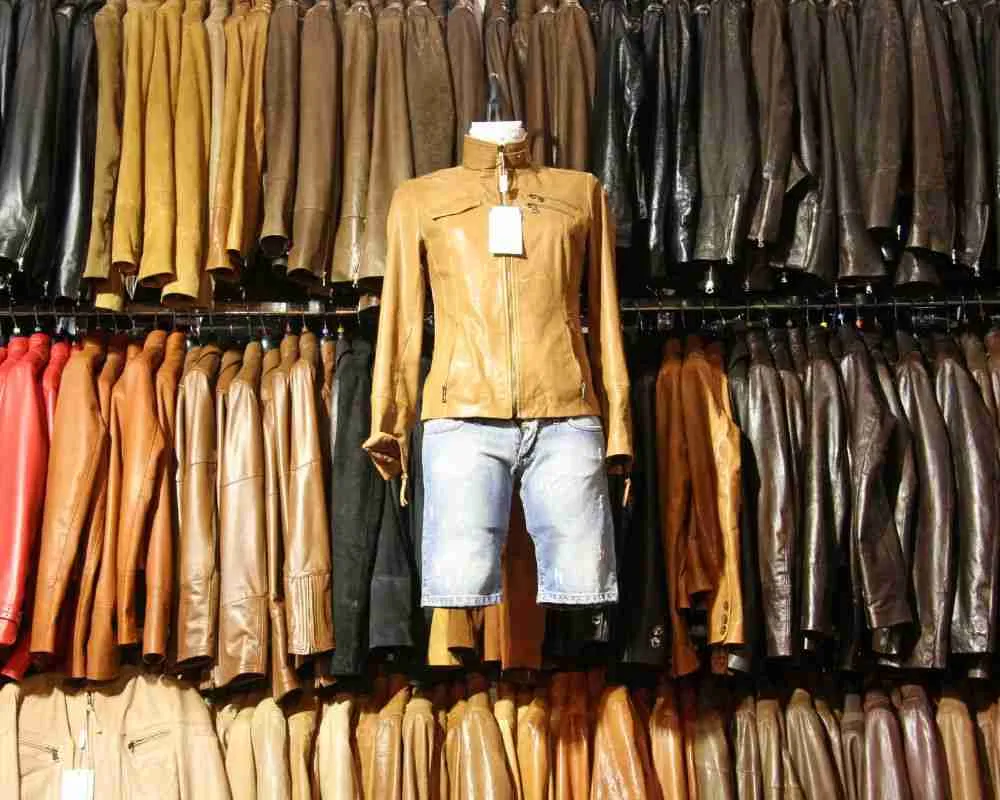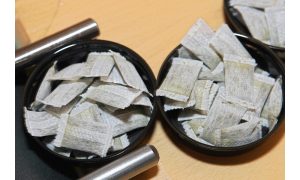Tailoring leather shirts – Achieving the proper fit

Leather shirts have become a famous fashion statement, offering an exceptional blend of style and durability. Getting the right fit can be challenging due to leather’s nature.
Leather as a material
Tailoring requires an understanding of leather’s properties.
- Stretch and give – Leather has limited stretch compared to woven fabrics, which affects how it conforms to the body
- Thickness – Leather thickness can vary, impacting how it drapes and moves
- Texture – Different types of leather have varying textures, which can affect the overall look and feel of the shirt
These properties make tailoring leather shirts a specialized skill that requires careful consideration and technique.
Choosing the right leather
The appropriate leather type is crucial for achieving the desired look and fit. Some popular options include:
- Lambskin – Soft and lightweight, ideal for a more relaxed fit
- Cowhide – Durable and stiffer, suitable for a structured look
- Goatskin – A balance between softness and durability
The choice of leather will impact how the shirt drapes on the body and how much give it has during wear.
Pattern-making and cutting
Creating an accurate pattern is essential for a well-fitting leather shirt. Unlike fabric, leather doesn’t allow easy adjustments once cut, so precision is vital. Some tips for pattern-making and cutting include:
- Use a paper pattern first to test the fit
- Add extra seam allowance, as leather requires wider seam allowances than fabric
- Consider the leather stretch direction when laying out the pattern
- Use sharp tools to ensure clean cuts
Sewing techniques for leather
Sewing leather requires specific techniques and tools:
- Use a leather needle in your sewing machine
- Opt for a longer stitch length to prevent leather from weakening
- Use a Teflon or walking foot to help the leather move smoothly through the machine
- Consider using leather adhesive to hold pieces in place before sewing
Fittings and adjustments
Even with careful measuring and pattern-making, adjustments may be necessary to achieve the correct fit. Some standard adjustments include:
- Adjusting shoulder seams
- Altering the sleeve length
- Modifying the collar for a better neck fit
It’s imperative to work slowly and carefully when making adjustments, as leather doesn’t allow easy stitch unpicking.
Caring for tailored leather shirts
Proper care is essential to maintain a tailored leather shirt fit and appearance. Some care tips include:
- Store the shirt on a padded hanger to maintain its shape
- Use a leather conditioner periodically to keep leather supple
For those interested in exploring leather garments and their care, zippileather.com offers a wealth of information on various leather products and their maintenance.
Embracing imperfections
It’s imperative to remember that leather is a natural material, and each piece has unique characteristics. Slight imperfections or texture variations are part of what makes leather unique. A skilled tailor can work with these natural features to create a genuinely one-of-a-kind garment that fits perfectly and showcases the beauty of leather.
While tailoring a leather shirt can be challenging, the reward of the right fit is worth the effort. Custom leather shirts are a journey of discovery, creativity, and craftsmanship, regardless of whether you are a professional tailor. Tailoring leather shirts to achieve the right fit requires patience, skill, and understanding. By following proper techniques for measuring, pattern making, cutting, and sewing, it’s possible to create a leather shirt that looks great and fits like a second skin.





